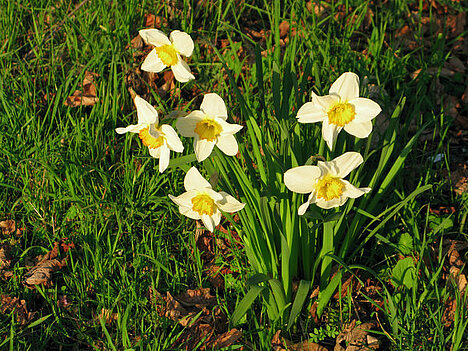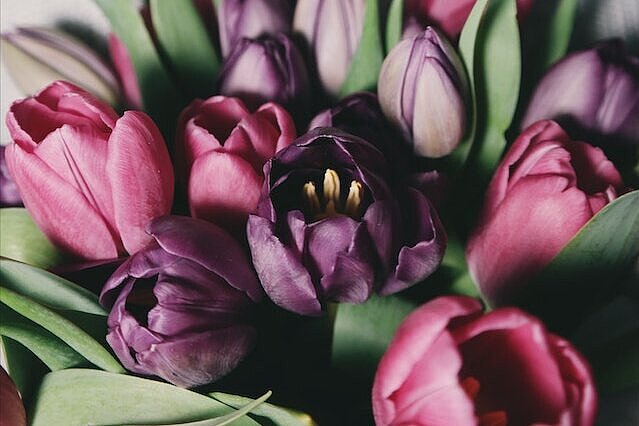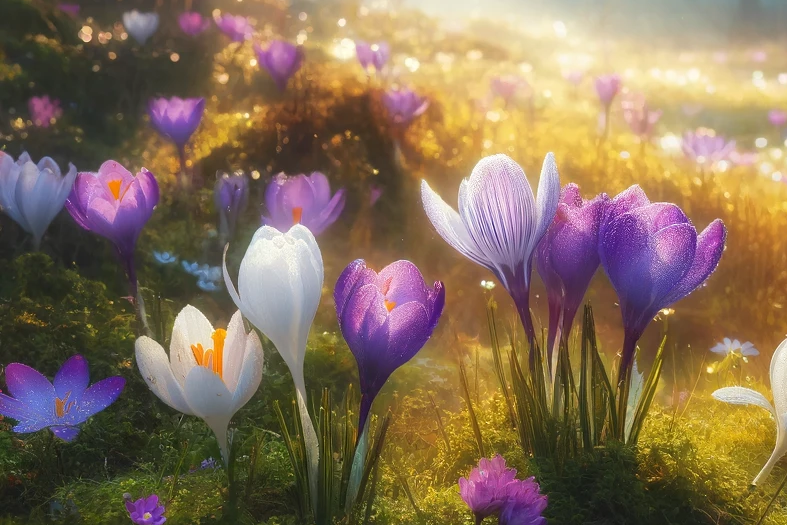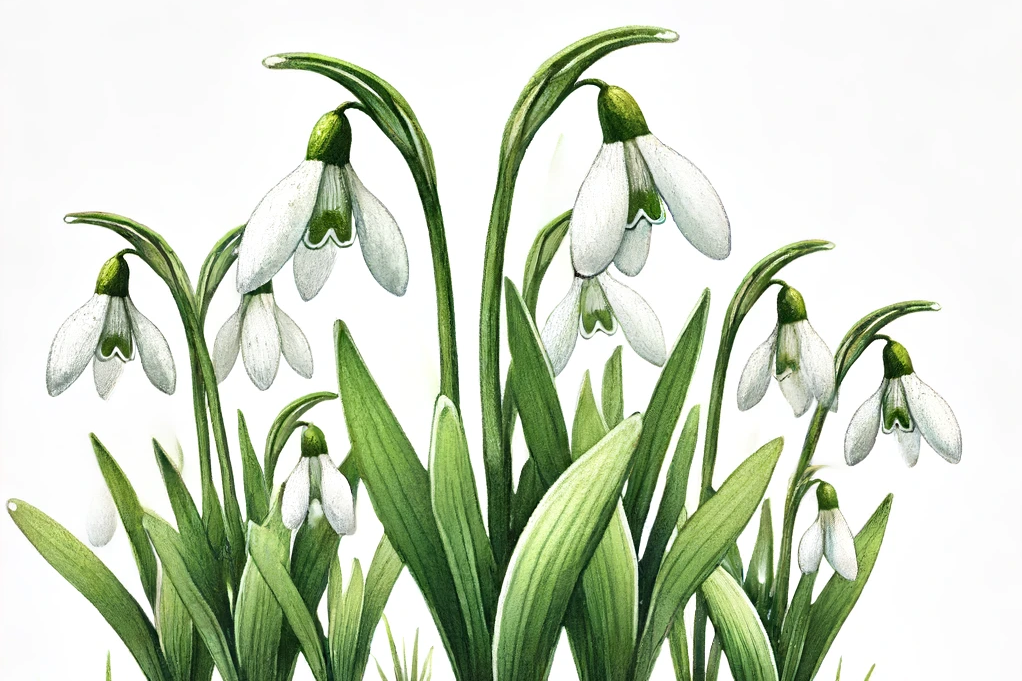Daffodil

Do you love decorating your garden with colorful flowers in spring? Then you may have already planted daffodils or received them as a gift. This plant belongs to the amaryllis family and usually has yellow or white flowers with a trumpet-shaped crown in the middle. Daffodils not only look beautiful, they also have a pleasant scent. But did you know that they can be poisonous to your dog?
Why are daffodils poisonous to dogs?
Daffodils contain various alkaloids that can be poisonous to dogs. These substances are mainly found in the bulbs, but also in the leaves, stems and flowers of the plant. If they are eaten or chewed, they can cause symptoms of poisoning:
- vomiting
- diarrhea
- abdominal pain
- loss of appetite
- trembling
- cramps
- Cardiac arrhythmia
- shortness of breath
- coma
The severity of the symptoms depends on the amount and part of the plant that the dog has ingested. The bulbs are the most dangerous as they contain the highest concentration of alkaloids. The flowers are the least toxic, but can still cause gastrointestinal problems.
How can you protect your dog from daffodils?
If you have daffodils in your garden or in your home, you should make sure that your dog does not have access to them. It's best to plant them in a separate area or place them in a tall vase that your dog can't reach. If you buy daffodils as cut flowers or receive them as a gift, make sure that no water drips or spills out of the vase. The water can contain alkaloids and poison your dog.
If you suspect that your dog has eaten or chewed daffodils, you should see a vet immediately. The quicker treatment is given, the better the chances of recovery. The vet will try to remove the toxins from your dog's stomach and give him medication to relieve the symptoms.
Do daffodils also have benefits for dogs?
Daffodils are not only poisonous for dogs, but also have some positive properties. For example, they are very hardy and easy to care for and can survive frost. They are also a good food source for bees and other insects that are important for pollination. Daffodils also have a symbolic meaning and stand for hope, renewal and happiness.
So if you like daffodils and want to have them in your garden or home, you don't have to give them up completely. Just make sure that your dog doesn't come into contact with them and doesn't eat or chew them. This way, you can enjoy the beauty of daffodils and protect your dog from poisoning at the same time.
Daffodils are poisonous to dogs due to the alkaloids found mainly in the bulbs, but also in other parts of the plant. Symptoms of poisoning include vomiting, diarrhea, abdominal pain and more. To protect your dog, make sure it does not have access to the plants and seek immediate veterinary attention in the event of poisoning. Despite their toxicity, daffodils have positive qualities and symbolize hope and happiness.
If you notice any signs of hypersensitivity or poisoning in your dog, you should see your vet immediately. We are not a substitute for a vet, but we try to be as accurate as possible. Every dog reacts differently and we recommend you get a second opinion or consult your vet if in doubt.
Stay healthy and take good care of your four-legged friend!😊
Similar to Daffodil
Tulips are a genus of plants from the lily family, which includes around 150 different species and various hybrids. They originate from Europe, Central Asia and North Africa and are now cultivated...
The hyacinth (Hyacinthus) is a genus of bulbous flowers belonging to the asparagus family (Asparagaceae). It blooms in spring and is particularly known for its dense inflorescences and intense,...
Crocuses are small, perennial plants in the iris family (Iridaceae) that are known for their bright flowers that appear in a variety of colors, including purple, yellow and white. They bloom mainly...
The emergence of snowdrops officially marks the beginning of the farewell to winter. These delicate plants breaking through the snow are not only a beautiful sight, but also an interesting topic when...



